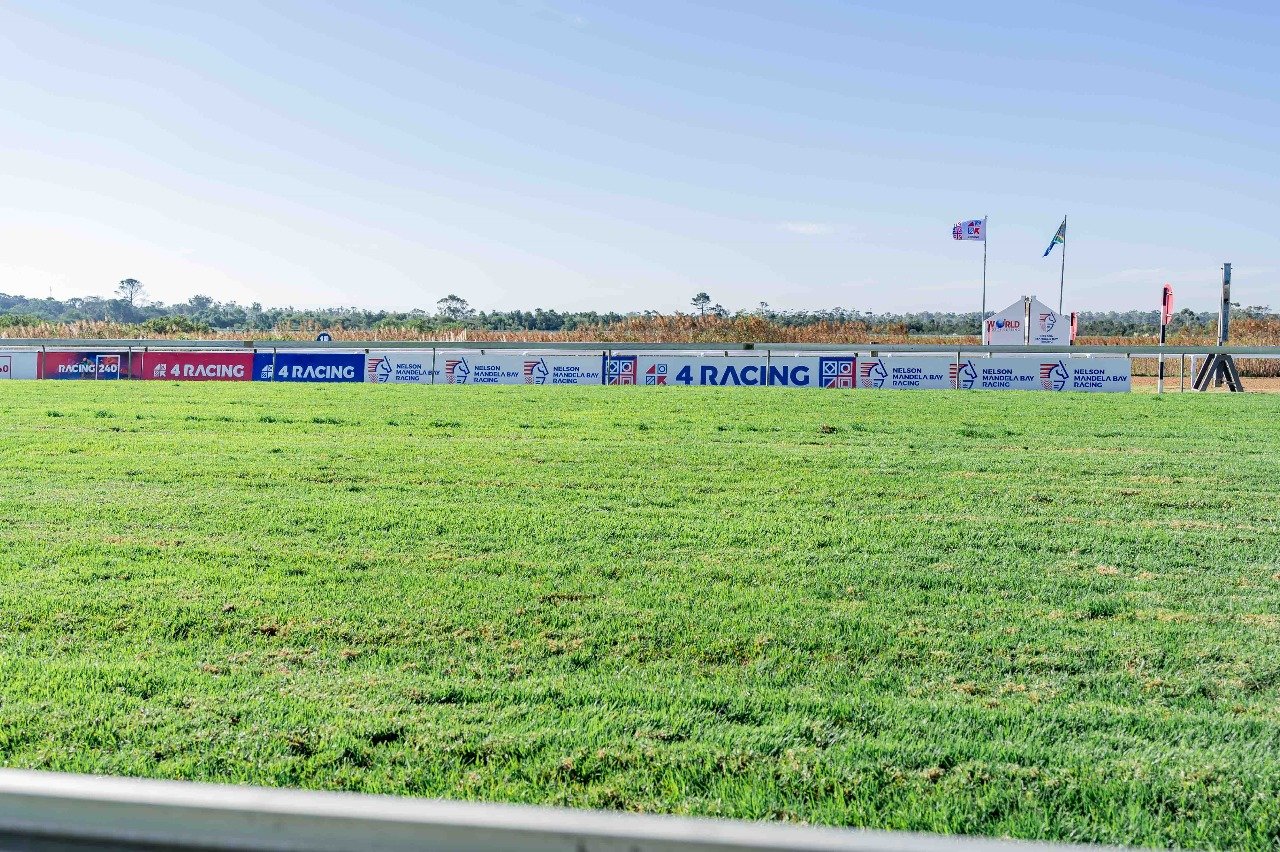Life doesn’t come with an instruction manual. Which obviously adds enormously to the challenge and the mystique, but sometimes one gets to thinking that an instruction manual might not be all bad. And if not an instruction manual, perhaps even just a dictionary would be a help from time to time.
Horses are similar. Again, there’s all the fun of ‘putting the best to the best and hoping for the best’, but that’s all rather vague and romantic and isn’t terribly helpful in terms of knowing whether you’re looking at a sprinter, a miler or a stayer (either in the breeding barn, or in the sales ring). Some people are better than others in working out the nuances between the different types, but sometimes it really would save a lot of bother if the things simply came with a nice, tidy label!
There have been many theories as to how to breed the perfect horse, and no doubt there are hundreds more still to come. We’ve had everything from Tesio, to the large heart gene, to computer programmes to those who just do it on gut feel and of course everything in between. We’ve just survived a legal challenge for artificial insemination, but while the time of the ‘designer foal’ is not quite upon us, it seems that we are moving closer to being able to check exactly ‘what is under the hood’.
Science
I first encountered Dr Emmeline Hill when she was part of the research team that published a paper titled “History and integrity of thoroughbred dam lines revealed in equine mtDNA variation”. It made for quite complicated reading, but essentially sought to narrow down the precise origins of the Thoroughbred horse based on something called mitochondrial DNA.
Most people are at least vaguely aware of the existence of genetics. Most of us understand that genes are carried in pairs and in most species, each parent donates roughly half of their DNA to their offspring. Interestingly, it turns out that is not quite true. Canny livestock breeders have long prized good female breeding stock and it turns out that their thinking has a sound scientific base.
Those of you who recall your high school biology might remember small cellular organelles called mitochondria. These are generally regarded as cellular power houses that convert chemical energy into a form that cells can use. These mitochondria also contain DNA (called mitochondrial DNA or mtDNA), but interestingly, in most species, including humans and horses, mtDNA is inherited exclusively from the maternal side.
Identifying our roots
Now, you’re probably wondering what that’s got to do with racing. Despite the establishment of the famous General Stud Book by Weatherby & Sons in 1791, the precise origins of the thoroughbred have remained uncertain because the early records were not entirely accurate. While it is widely accepted that the modern Thoroughbred is descended from 3 main stallions (the Darley Arabian, the Goldolphin Arabian and the Byerley Turk), information as to the female origins of the breed is less clear. The GSB lists 78 of the earliest known mares, but unfortunately the numerous errors and duplications present rendered these records somewhat unreliable. That is, until the discovery of mitochondrial DNA. The fact that mitochondrial DNA is maternally inherited allows science boffs to map maternal genetic origins quite a long way back.
A system for the classification of thoroughbred female lines was devised by the end of the 19th century (Bruce Lowe’s Family Figure System). It traced all mares listed in the stud book as far back as possible in direct maternal descent to one of 43 founder mares. Descendants of each of these 43 mares are considered a family. In turn, each family is ranked in order of the number of Classic race winners prior to 1890 that were members of that family and named according to that rank (so Family 1 had the most Classic race winners, Family 2 the second most, etc).
In the multibillion dollar modern thoroughbred breeding, family assignment is often an important factor in determining genetic value and specific mating combinations between families are considered more or less favourable than others.
Interestingly, pedigree analysis has indicated that 30 foundation mares contributed approximately 94% of modern maternal thoroughbred.
Research Breakthrough
Following on from this, Dr Hill was part of a research team at Trinity College Dublin (TCD) that conducted a study into the genetics of muscle development and discovered a link between specific genes and the optimal racing distance for a thoroughbred racehorse. Their results, titled “A Sequence Polymorphism in MSTN Predicts Sprinting Ability and Racing Stamina in Thoroughbred Horses” were published in the Public Library of Science journal (PLoS ONE) back in 2010 and showed the first direct link between an equine gene (namely myostatin) and racing ability.
In 2009 Dr Hill and colleagues established Equinome, a specialist genetic research organisation designed to assist the bloodstock industry in identifying and maximising the genetic potential of Thoroughbreds through genetic testing.
The Speed Gene
The Equinome scientists have discovered that the genetic sequencing at a particular point of the myostatin gene is the principal factor in determining optimal distance for an individual racing thoroughbred. It works like this. There are two different variations of the myostatin gene at that particular point – C for speed and T for stamina. As an individual carries two copies of each genetic sequence, there are 3 possible genetic possibilities (CC, CT, or TT) with each of these genetic combinations having an optimum racing distance. CC would be a speedy, sprint type (best suited to distance s of 5 furlongs to a mile), CT would be a fast middle-distance type individual (performing well over 7 as a juvenile, but training on to 12 furlongs at three and beyond) and TT would indicate a staying type (10 furlongs and beyond).
Unfortunately, individuals cannot be neatly categorised based purely on pedigree or phenotype as the principle of inheritance means that the same mating can produce a variety of different results eg putting two CT horses together could result in any one of the above combinations. This explains why full siblings who share the same pedigree picture can vary widely in type and ability. However, identifying what kind of individual you’re dealing with does allow one to take some of the guess work out of ‘designing’ a foal, so mating two CC individuals will guarantee a CC foal and two TT individuals will guarantee a staying type.
The Equinome team have developed a test to identify this “speed gene” to identify the genetic make up of an individual. While racing originally evolved to favour TT types, in the last century or so it has changed heavily in favour of CC type individuals. The test is significant not only in reducing the risk in planning matings, but in selecting market-suited individuals and planning their work routines and careers accordingly, which in turn saves valuable time and money.
Unfortunately, while the test can give an indication as to what an individual is likely to be good at, it does not predict how good it will be. While the vagaries of genetics and chance still throw enough variables into the mix to keep things interesting, in the increasingly pressured performance environment of the racing industry, Equinome may prove a valuable tool in the successful selection and management of racehorses.
Find out more
Dr Hill is currently visiting South Africa and will be giving a presentation on Equinome in both KZN (at the Nottingham Road Hotel on the 8th January, from 12-2pm) and WC (Golden Valley Casino in Worcester at 12.30pm on Thursday 10th Jan.
For interested parties in the KZN region, please contact Candiese Marnewick at the KZN Breeders Club and any interested parties in the WC should get in touch with Nicky Atkinson at the Cape Breeders Club or visit www.equinome.com for more information.








